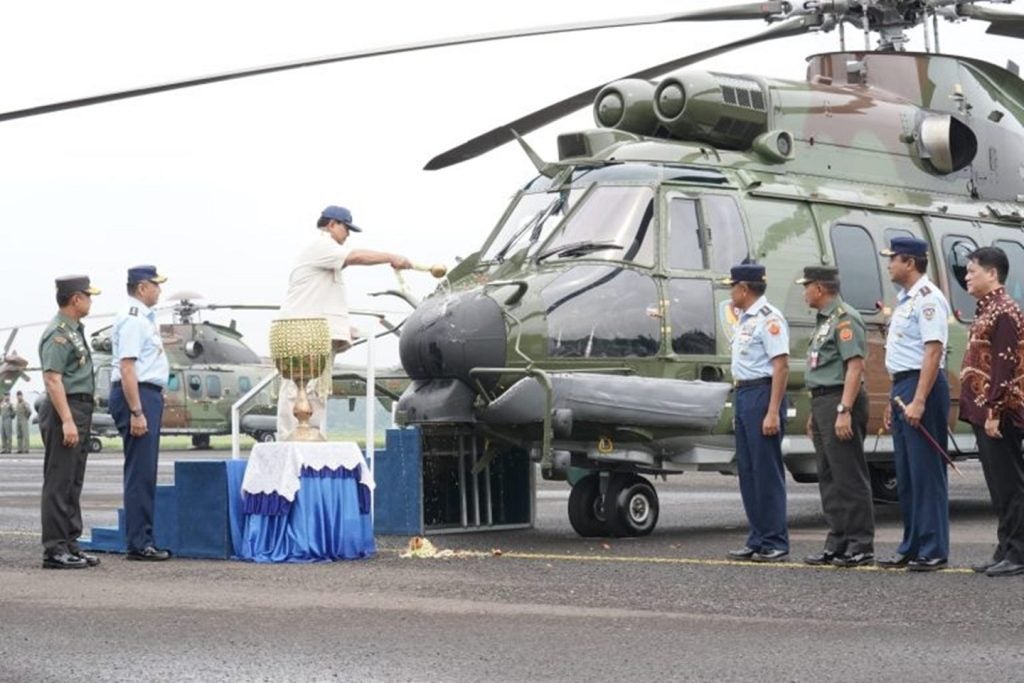In an unprecedented move, the Air Force Special Operations Command (AFSOC) and Naval Air Systems Command (NAVAIR) have taken decisive actions following a CV-22 Osprey mishap near Yakushima, Japan.
AFSOC's operational standdown has prompted NAVAIR to ground all V-22 Osprey variants, raising concerns about the shared potential material failure.
The aftermath of the CV-22 Osprey mishap on 29 November, 2023, near Yakushima, Japan, has triggered a coordinated response from two major US military commands, raising questions about the safety of these aircraft.
Lt. Gen. Tony Bauernfeind, AFSOC Commander, initiated an operational standdown on 6 December, 2023, citing the need to mitigate risk and thoroughly investigate the potential material failure.
Responding to AFSOC's precautionary measure, NAVAIR has issued a grounding bulletin for all V-22 Osprey variants on the same day. While preliminary investigations point to a potential material failure as the cause, the underlying factors have yet to be identified.
The joint decision to ground the fleet highlights the seriousness of the situation and a commitment to ensuring the safety of service members.
The US NAVAIR had previously grounded a subset of V-22 Osprey aircraft due to a hard clutch engagement issue, according to a fleet bulletin effective from February 3, 2023. Based on recommendations from the V-22 Joint Programme Office, the decision aimed to address the increasing clutch problems and support ongoing engineering analysis.
Flight operations for the V-22 fleet were restricted until repair and replacement activities for the associated input quill assembly, an element of the proprotor gearbox, were completed.
The NAVAIR statement emphasizes additional risk mitigation controls being implemented as the mishap investigation unfolds. The Joint Program Office actively communicates and collaborates with all V-22 stakeholders and customers, including allied partners, reflecting a unified approach to addressing potential concerns.
The Bell Boeing V-22 Osprey has surpassed 600,000 flight hours, reflecting its extensive usage in providing customer support for mission readiness, cargo transport, and personnel movement. Operated by the US Marine Corps, US Air Force, US Navy, and the Japan Ground Self-Defense Force, the V-22 fleet comprises over 400 aircraft.
Bell Boeing, the collaborative force behind the V-22, supports its readiness through global services, including maintenance, training, and parts supply.
The safety of pilots and air crews is paramount, according to both commands, emphasizing a shared commitment to transparency and proactive measures. As these parallel investigations progress, military personnel will be awaiting insights that will shape the future operations of these military aircraft.












